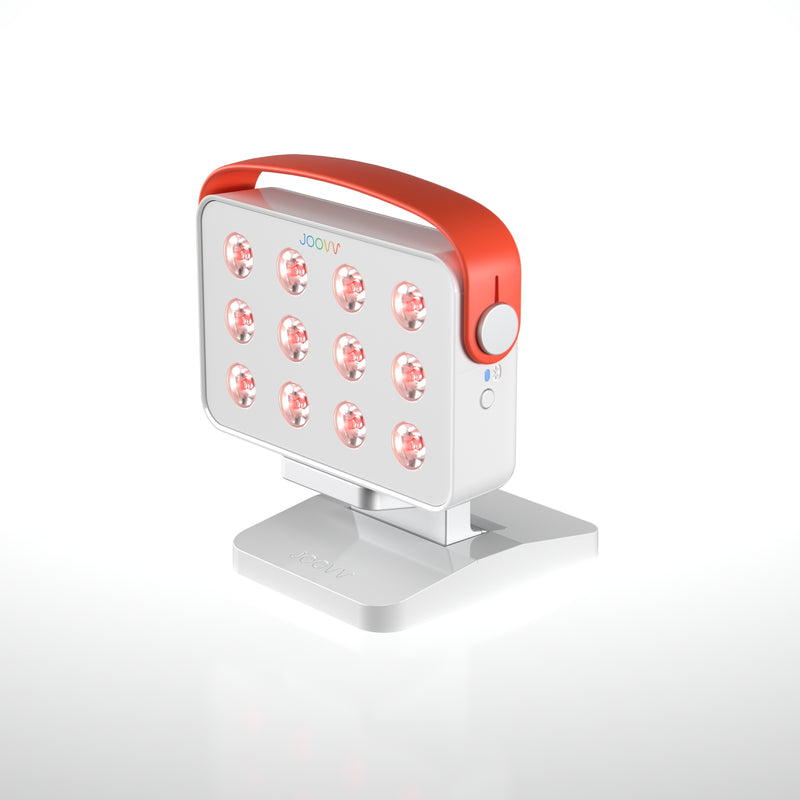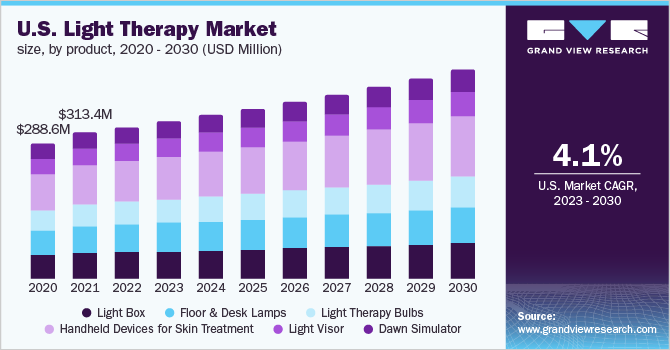The Scientific research Behind Photobiomodulation: Illuminating Healing Pathways
Wiki Article
Opening the Potential of Photobiomodulation: A Promising Technique for Healing Intervention
Are you interested concerning the potential of photobiomodulation for restorative treatment? Visualize a scenario where a person experiencing persistent pain finds relief with a non-invasive therapy that makes use of light. This is exactly what photobiomodulation offers. It is an appealing strategy that harnesses the power of light to promote healing and minimize swelling in various medical problems. By targeting details cellular processes, photobiomodulation has actually revealed potential in speeding up injury healing, decreasing discomfort, and advertising tissue regrowth. In this introduction, we will explore the systems of action, applications in medicine, and the present evidence supporting the efficacy of photobiomodulation. Additionally, we will discuss future directions and potential challenges in opening its complete possibility as a healing treatment.Understanding Photobiomodulation
To comprehend photobiomodulation, you require to realize the concept of just how light treatment can straight impact cellular processes in your body. Photobiomodulation, also known as low-level light therapy, is a non-invasive treatment that makes use of details wavelengths of light to boost biochemical reactions in your cells. When exposed to these light wavelengths, your cells soak up the power and transform it right into mobile energy, called adenosine triphosphate (ATP) This increase in ATP manufacturing leads to a waterfall of mobile reactions, including boosted metabolic rate, enhanced circulation, and increased manufacturing of collagen and various other healthy proteins.The therapeutic impacts of photobiomodulation are far-reaching and have actually been studied thoroughly in different clinical fields. It has actually shown appealing lead to advertising tissue repair service and regeneration, minimizing swelling, easing discomfort, and enhancing injury healing. Photobiomodulation has actually been discovered to have a favorable effect on neurological problems, such as traumatic brain injury and stroke, by promoting neural task and advertising neuroplasticity.
Unlike various other therapies, photobiomodulation does not produce any warmth or create cells damages. It is essential to note that photobiomodulation should be administered by trained specialists or according to the supplier's guidelines to make sure ideal results and safety.

Mechanisms of Activity
In recognizing the devices of action, you will certainly find how photobiomodulation straight influences cellular processes through certain biochemical reactions. When light is put on the body, it is taken in by chromophores, such as cytochrome c oxidase and flavins, which exist in the mitochondria. This absorption causes a cascade of occasions that eventually cause cellular adjustments.Photobiomodulation raises the activity of cytochrome c oxidase, a vital enzyme in the mitochondria that is involved in the electron transport chain. As an outcome, mobile metabolism is improved, advertising tissue repair service and regrowth.
Furthermore, photobiomodulation has been revealed to regulate cellular signaling pathways. It turns on various growth variables and signaling molecules, such as nitric oxide and reactive oxygen varieties, which play vital roles in procedures like cell, inflammation, and angiogenesis spreading. These signaling paths contribute to the restorative impacts of photobiomodulation, advertising cells recovery and decreasing pain and swelling.
Applications in Medication
Discover the extensive applications of photobiomodulation in medicine. Photobiomodulation, likewise recognized as low-level light treatment, is a non-invasive therapy that makes use of light to stimulate cellular procedures and promote recovery. In medicine, this technique has revealed encouraging outcomes throughout numerous areas.Among the key applications of photobiomodulation is in discomfort monitoring. pbm therapy. It has actually been utilized to ease both intense and persistent pain, consisting of bone and joint problems, neuropathic discomfort, and post-operative pain. By targeting the afflicted area with specific wavelengths of light, photobiomodulation can reduce swelling, advertise tissue repair work, and offer relief
Additionally, photobiomodulation has actually revealed prospective in wound recovery. It can speed up the healing process by boosting cell expansion, promoting angiogenesis, and decreasing scar cells development. This has considerable implications in the therapy of persistent wounds, such as diabetic abscess and pressure sores.
In dermatology, photobiomodulation has been made use of for its anti-inflammatory and regenerative effects. It can improve the look of scars, reduce acne sores, and stimulate hair development in problems like androgenetic alopecia.
Furthermore, photobiomodulation has actually shown guarantee in neurorehabilitation. It can enhance cognitive feature, improve electric motor healing, and help in the treatment of neurodegenerative diseases like Alzheimer's and Parkinson's.
Scientific Evidence and Study Findings

In the area of bone and joint problems, photobiomodulation has actually been found to reduce pain and inflammation, enhance variety of movement, and speed up cells repair service. In addition, photobiomodulation has actually revealed favorable results on injury recovery by advertising collagen angiogenesis, fibroblast, and synthesis spreading.
In addition, study has actually revealed that photobiomodulation can have neuroprotective and neuroregenerative impacts. It has been found to improve cognitive feature, lower neuroinflammation, and improve neuronal survival and synaptic plasticity. This has crucial ramifications for the treatment of neurological conditions such as Alzheimer's disease, Parkinson's condition, and stroke.
Future Instructions and Prospective Difficulties
Relocating forward, it is important to take into consideration the potential difficulties and future directions bordering the use of photobiomodulation as a restorative intervention. Presently, there is no consensus on the ideal wavelength, intensity, period, and frequency of photobiomodulation treatment.An additional crucial future direction is the growth of photobiomodulation therapy portable and cost-efficient photobiomodulation devices. While existing devices are reliable, they are commonly bulky, costly, and require expert guidance - pbm light therapy. The growth of budget friendly and user-friendly gadgets would greatly enhance availability to this treatment, allowing more people to gain from its potential restorative results
In addition, future research ought to concentrate on clarifying the mechanisms underlying photobiomodulation. Despite its growing popularity, the precise devices through which photobiomodulation applies its therapeutic effects are not fully comprehended. Recognizing these devices would certainly not just enhance our knowledge of the therapy but also aid in the development of more targeted and efficient treatments.
Nonetheless, there are additionally possible obstacles that need to be dealt with. photobiomodulation. These include the need for standardized protocols, the demand for well-designed medical trials with larger sample sizes, and the requirement for long-lasting follow-up research studies. Additionally, regulative and safety considerations must be taken into consideration to guarantee the safe and efficient usage of photobiomodulation in scientific method.
Verdict
To conclude, photobiomodulation holds great pledge as a therapeutic intervention in medication. Its systems of action and medical proof recommend its prospective for treating different problems. More research is required to totally comprehend its advantages and resolve any type of possible obstacles. With ongoing research studies and advancements in this field, photobiomodulation has the possible to open new opportunities for boosting client results.Are you interested regarding the possibility of photobiomodulation for healing intervention? By targeting particular cellular procedures, photobiomodulation has actually shown prospective in speeding up wound healing, minimizing discomfort, and advertising tissue regeneration.Additionally, photobiomodulation has shown potential in injury recovery.Relocating onward, it is vital to take into consideration the potential obstacles and future instructions bordering the usage of photobiomodulation as a healing treatment. With continuous research studies and improvements in this area, photobiomodulation has the prospective to unlock new opportunities for boosting person end results.
Report this wiki page